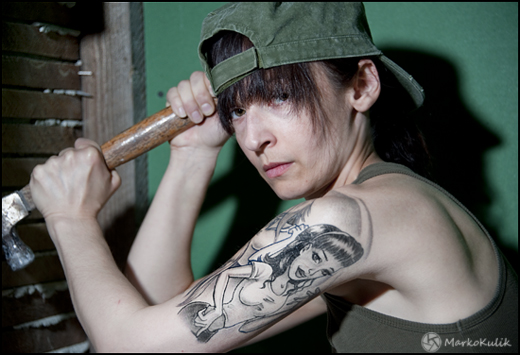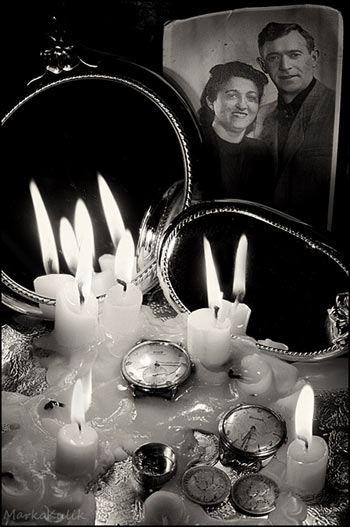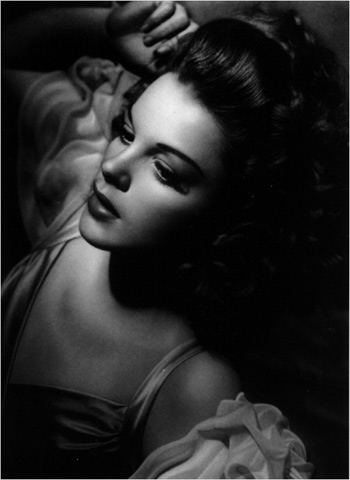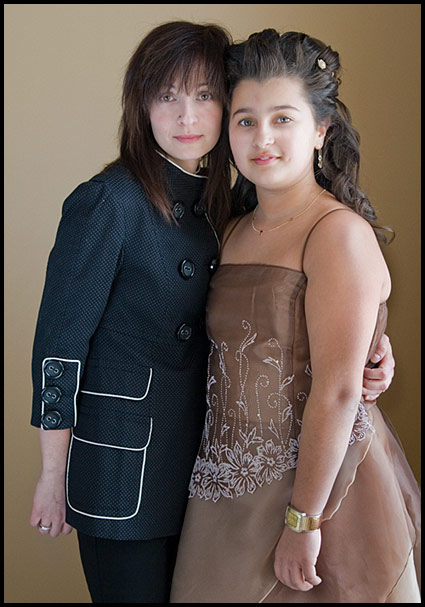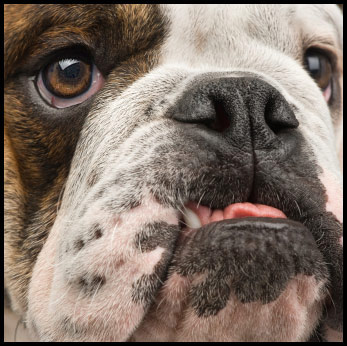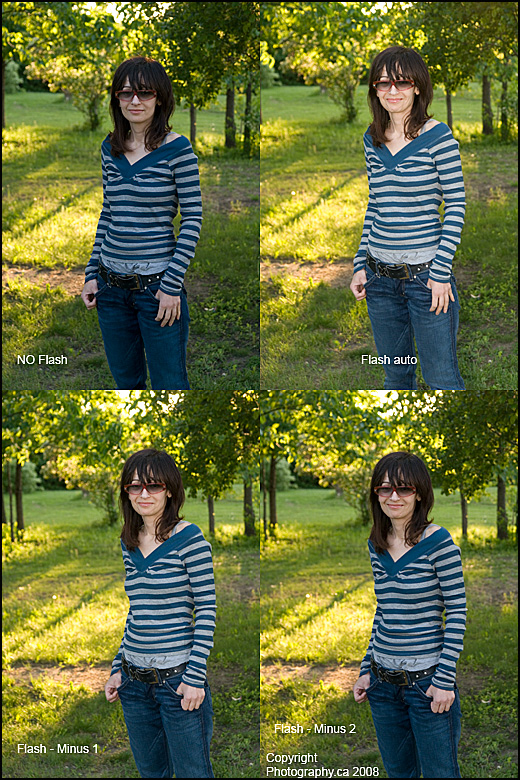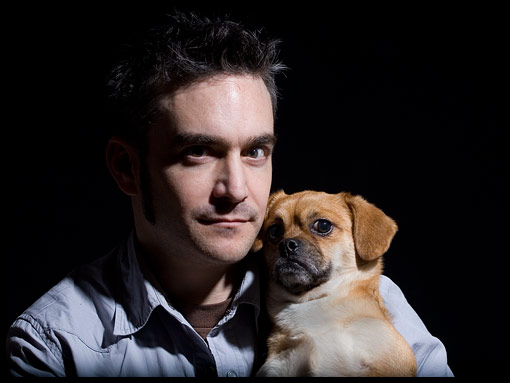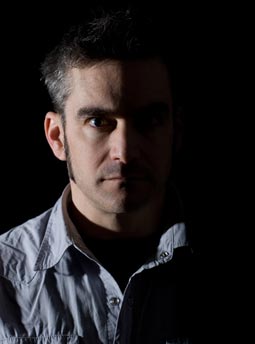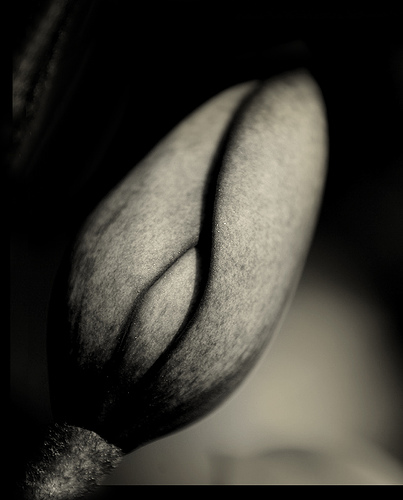Photography podcast #100 celebrates our 100th photography podcast and focuses on the tag line of the podcast which is ‘keep on shooting’ in any light.
I’d like to take this moment to thank all our listeners! Your support and encouragement during these past 100 episodes has been awesome. Thanks for all the feedback, all the comments and all the contributions. Special thanks as well to all the guests that have shared their knowledge so freely. More interviews are planned for the future.
In this podcast I offer up tips on how to shoot in any light so long as it suits the subject.

- I shot this image at about 2pm. The light that most of the ducks were resting in was bright and harsh. Had I shot this duck in that direct light, the shadows would have been too harsh. This particular duck though was resting under a shelter that softened the light and the soft light suited this subject far better and holds details in the blacks and the whites. Straight shot — No flash was used here.
Links /resources mentioned in this podcast:
– How to photograph with hard light — Podcast #97
– Rain photography — Podcast #88
– Studio lighting for beginners — Podcast #33
– September’s regular assignment on the Photography.ca forum — Yellow
– September’s level 2 assignment on the Photography.ca forum — Macros of any kind
If you liked this podcast and want to review it on Itunes, this link gets you to the main page
If you are interested in writing for our blog please contact me photography.ca ( A T ) G m ail Dot co m (using standard email formatting)
Please join the Photography.ca fan page on Facebook
My Facebook profile — Feel free to “friend” me — please just mention Photography.ca
My Twitter page — I will follow you if you follow me — Let’s connect — PLEASE email me and tell me who you are in case I don’t reciprocate because I think you are a spammer.
If you are still lurking on our forum,
feel free to join our friendly ![]() Photography forum
Photography forum
Thanks to Rob vE, Rich, Anuj, Photo art cafe and Best who posted blog comments about our last podcast. Thanks as always to everyone that sent comments by email about our last podcast. Although ALL comments are appreciated, commenting directly in this blog is preferred. Thanks as well to all the new members of the bulletin board. Most of the links to actual the products are affiliate links that help support this site. Thanks in advance if you purchase through those links.
If you are looking at this material on any other site except Photography.ca — Please hop on over to the Photography.ca blog and podcast and get this and other photography info directly from the source. |Subscribe with iTunes|Subscribe via RSS feed |Subscribe with Google Reader|Subscribe for free to the Photography podcast — Photography.ca and get all the posts/podcasts by Email
You can download this photography podcast directly by clicking the preceding link or listen to it almost immediately with the embedded player below.
Thanks for listening and keep on shooting!
Podcast: Play in new window | Download


